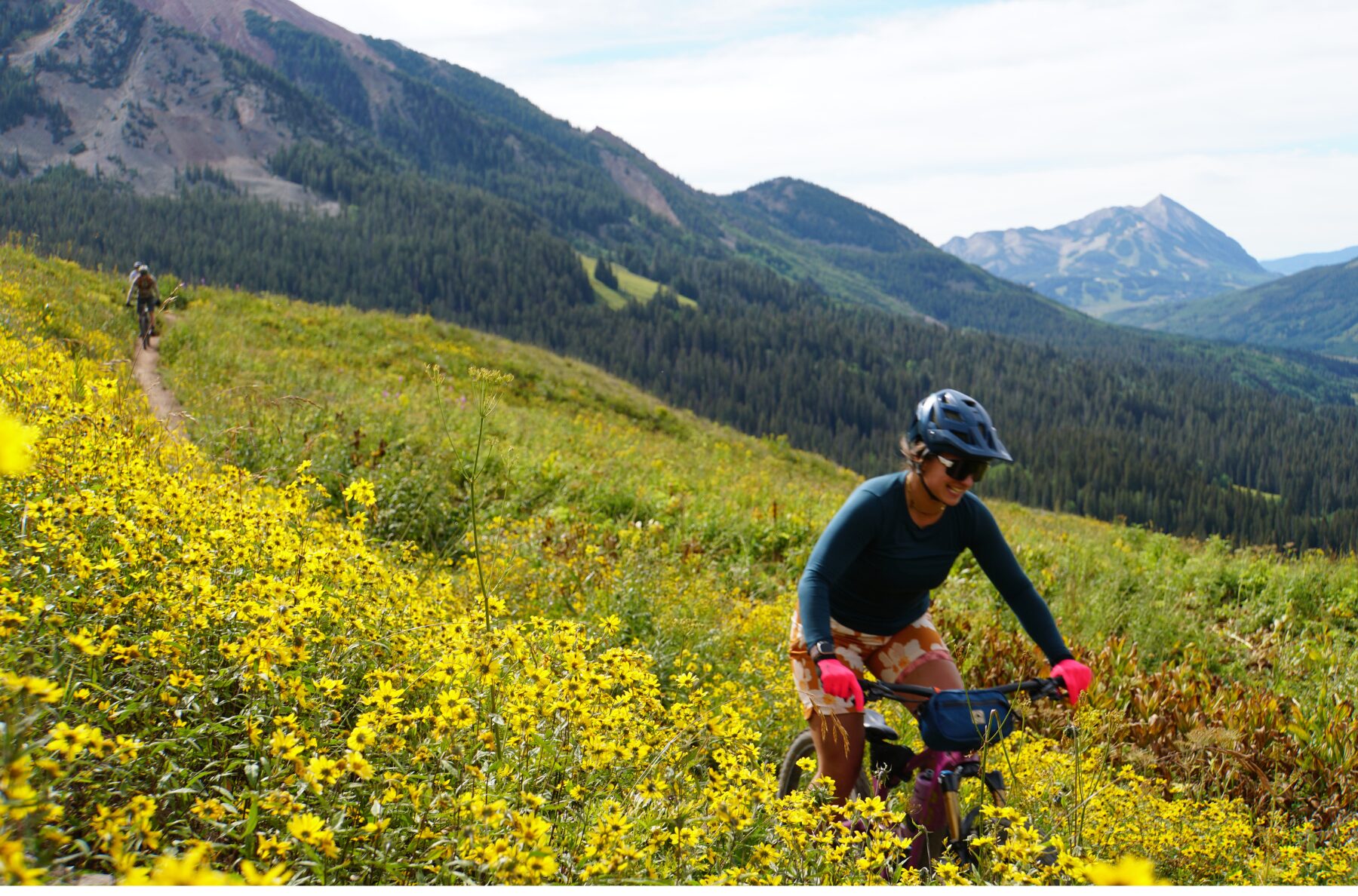
Intro
Most of our reviews are pretty long — and take a long time to produce — because we want to provide enough info for you to actually determine whether the gear we tested will work well for you.
But we get asked to check out an increasingly wide range of products, and sometimes, we just want to tell you about something we’ve been using and loving lately.
So that’s where this monthly series — Stuff We Like — comes in, where we keep you current on a broad range of stuff we’re currently digging.
And if there’s something you love that you think we ought to check out, drop us a note in the comment section below.
Williams Industrial WRST4 Ratcheting T-Handle
MSRP: No published MSRP; ~$35 USD at most retailers
Zack Henderson: T-handle Allen keys are among the most used tools on my workbench, my previous favorites being the Feedback Sports T-Handle set. Williams Industrial has been making tools for a long time right here in the US, and when I saw their WRST4 T-Handle design, I knew I had to have one.
The WRST4’s ratcheting function makes things even more efficient as I’m swapping parts between bikes and dialing in cockpits, and the magnetic bit holder makes quick bit swaps a breeze while still holding on to the bit quite securely. Everything about the tool screams quality, from the solid stainless shaft to the solid and rather ergonomic handle — yeah, it’s plastic, but it’s a particularly dense and solid-feeling material. The ratchet has plenty of resolution (lots of clicks), and three positions rather than the usual two — counterclockwise engagement, clockwise engagement, and a fixed engagement in the middle. Williams actually makes three versions of this little T-handle, with three varied shaft lengths. My WRST4 is the middle one at 3 ⅞’’ long, and there’s both a stubby 2’’ one (WRST1) and a longer 7 ⅞’’ one (WRST8).

Lots of bike-specific tools fall short for me in both their precision and longevity, but I’m fully expecting this T-handle from Williams to last ages, if not a lifetime.
Arc’teryx Gamma Utility Short 5”
MSRP: $ 150
Size Tested: Women’s 10
Kara Williard: I’ve spent a ton of time this summer in the Arc’teryx Gamma Utility Short, and it has easily become my favorite and most versatile pair of summer shorts. They have all the best qualities for a pair of activewear shorts: they are lightweight, breathable, quick-drying, have impressive amounts of pocket space, and are stretchy and comfortable.
They’re built from a soft shell material and have been quite abrasion-resistant and durable. I’ve been impressed with their water-repellency and ability to dry quickly. I was also a little hesitant wearing the “Velocity” color in the mountains, but I’ve tested just how easy to wash they are and how easy it is to remove stains from this light-colored material after falling on my butt into a mud pit while wearing them (there is no evidence of said mud after one washing machine cycle, thankfully). The size 10 has been a relaxed fit and is pretty loose and comfortable, meaning I could have opted for a size 8, but the relaxed fit is comfortable and they stay up without a problem due to a drawstring at the waist.



I not only think these shorts are exceptionally practical, but I also think they are one of the cutest pairs of shorts I have for activities like hiking, and so I’ve found myself wearing them quite a bit, even for errands around town. For many reasons, the Gamma Utility Short has become a favorite summer wardrobe staple, and I have a feeling I will be wearing them for a really long time.
North St. Bags Handlebar Pack
MSRP: $95
Kara Williard: This summer, I’ve got used to carrying everything I need with me — even on longer rides — on my bike rather than in anything I have to wear such as a hip back or backpack, and I’ve come to really like that approach. This is made possible because of frame storage, and also that I generally just carry a small water filter with me rather than needing to carry water for for long periods, but it’s also been possible on the longer rides due to the North St. Handlebar Pack. I know not everyone likes carrying weight on their bars, but I don’t find a small handlebar pack to hinder my ride experience, especially when compared with the heavier load I’m used to for bikepacking.
I’ve used several North St. bags over the past few years, and I am continually impressed by the quality, durability, and overall functionality of their designs. For a 2.8L bag, the Handlebar pack has a lot of pockets and can fit quite a bit in a pretty organized manner, including an interior pocket with a key fob (I like to attach my inReach there), an exterior zipper front pocket, and some rider facing sleeve pouches which are great for quick snacks. I’ve found it ideal for holding lightweight but semi-bulky items like my water filter, rain jacket, extra snacks, and a first aid kit.
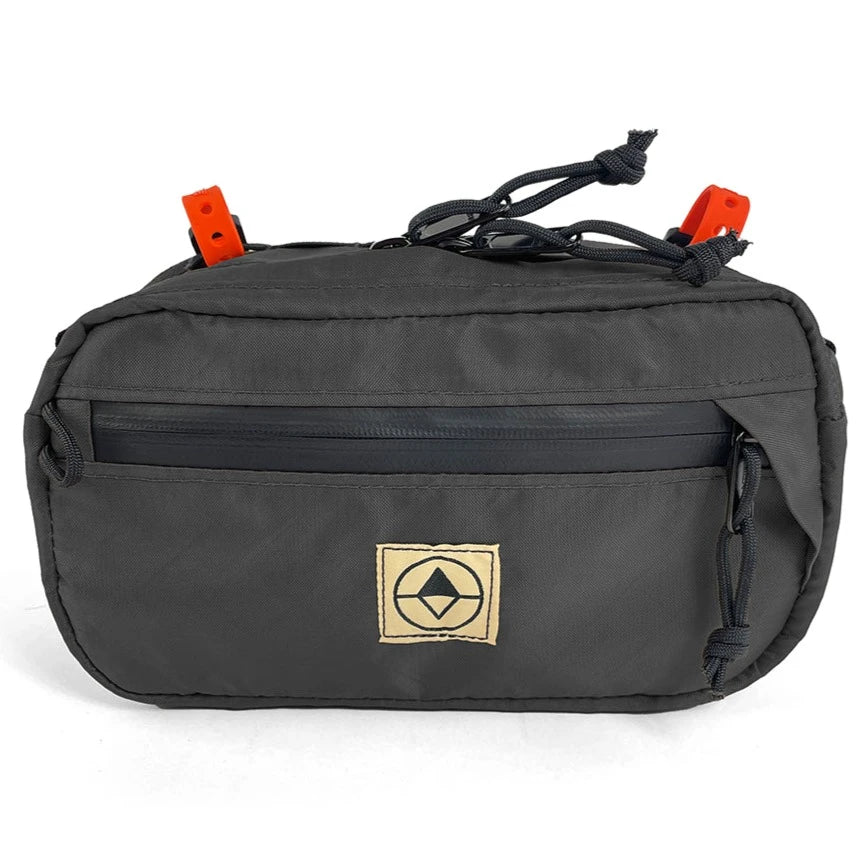
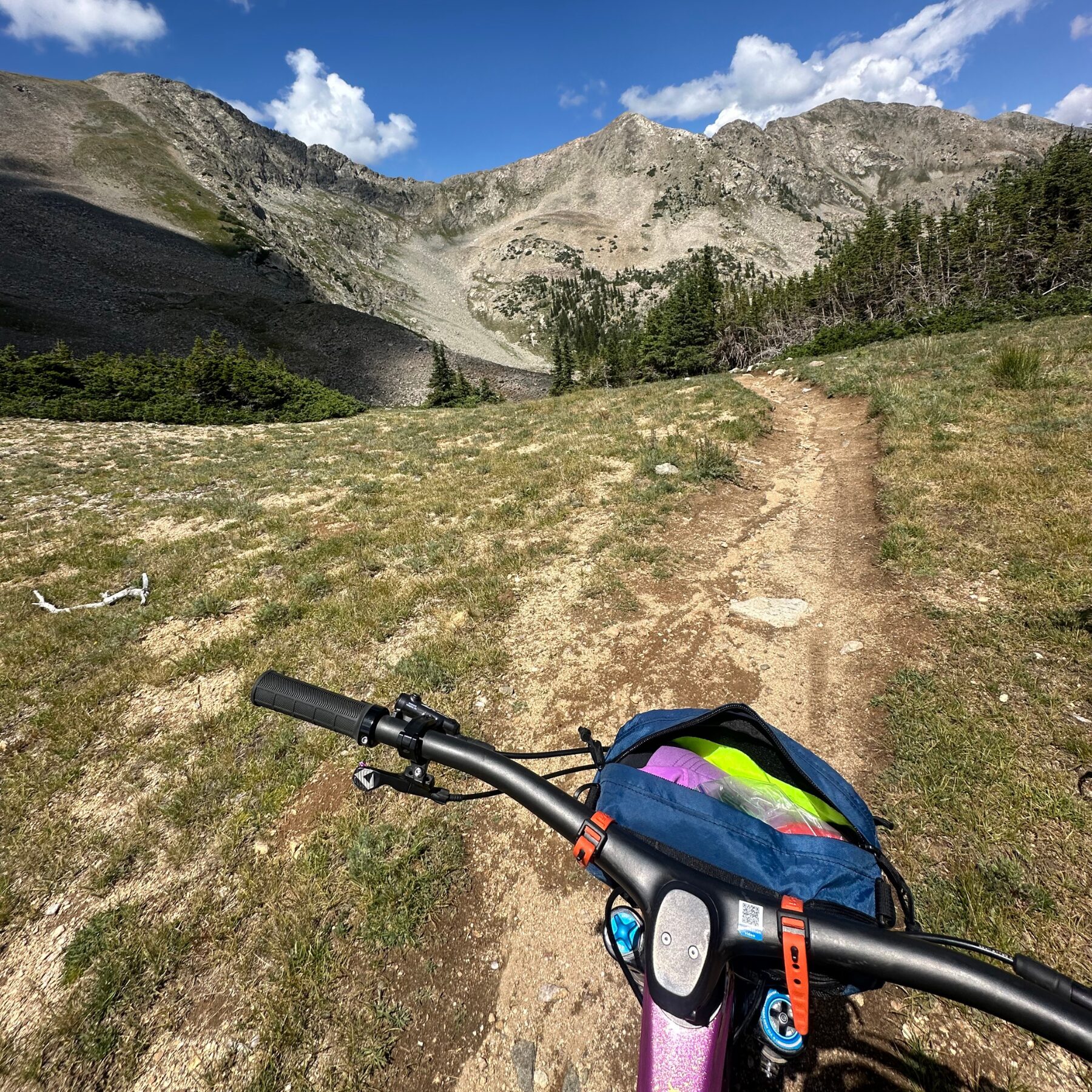
The bag attaches to the bike via two very cute Voile ski straps and a shock cord head tube attachment. I’ve been surprised by how well it carries on the bike. It isn’t immune from bouncing around on descents, but it stays in place well for the most part. The fabric is quite tough and durable, and highly water-repellent. I’ve been using the Handlebar Pack all summer long and it still looks new. Overall, carrying weight on the bars might not be every rider’s first choice, but if you are interested in getting the weight off of yourself and onto the bike, the North St. Handlebar Pack is a great option.
Benchmade FISHCRAFTER SANTOPRENE 7″ Fillet Knife
MSRP: $240
Noah Eckhouse: I first got a chance to check out the Benchmade Fishcrafter fillet knife back in February during the Blister Summit. While some knife reviewers might go home, chop a few carrots or onions to test the knife, and maybe mess around with a piece of skin-on supermarket fish, I had a bigger vision for this evaluation. Tucking the knife away until our August sojourn to the prime saltwater fishing grounds of the British Columbia coast, we headed to Desolation Sound for two weeks of cruising and fishing in August.
I lived to tell the tale. And so did the knife. Unfortunately, a number of salmon (primarily Chinook and Coho) did not fare so well. But they sure tasted good.
I find wild Pacific Salmon to be a challenging fish to fillet. Working with “average” fish in the 8-10 pound range, they are neither enormous nor small and easily handled. Beginning with the de-scaling process, these strong swimmers can be tough on a knife, and there is no shortage of small bones to cut through while deftly avoiding the spine and organs.



After two weeks of using it, I consistently liked the Fishcrafter. It held a nice edge through the whole fish, was easy to grip (as the filleting station on the boat looked progressively more like a Civil War operating room), and cleaned up in a jiffy. Its best attribute, however, was the feel. I could follow the spine nicely and get every bit of that tasty red meat off the fish without waste.
Other than a daily edge touch-up, I never had to take a stone or steel to the blade and never had a problem with notches or burrs. It never showed signs of rust. Finally, the knife comes with a nice positive-click plastic sheath which kept it safely out of the way until it was go time. This knife felt like a professional-grade tool for serious fishers.
Peak Design Clutch
MSRP: $45
David Golay: I called out the Peak Design Capture a few months ago in the June iteration of Stuff We Like (and Luke added his own praise for the Capture) and while I’m still an enormous fan of the Capture, using it made me rethink the rest of my camera strap / carrying program.
Before getting converted to using the Capture (at least in a lot of situations, particularly when wearing a backpack), I just left a larger neck strap on my camera most of the time. When using the Capture, though, a full neck strap started to feel a lot less necessary and a lot more cumbersome. But I still want something to help hold larger / heavier setups in particular (e.g., a Nikon Z8 body with a larger lens like the Tamron 35-150mm f2-2.8) when shooting, and the Clutch has proven to be an excellent option to pair with the Capture in that role.
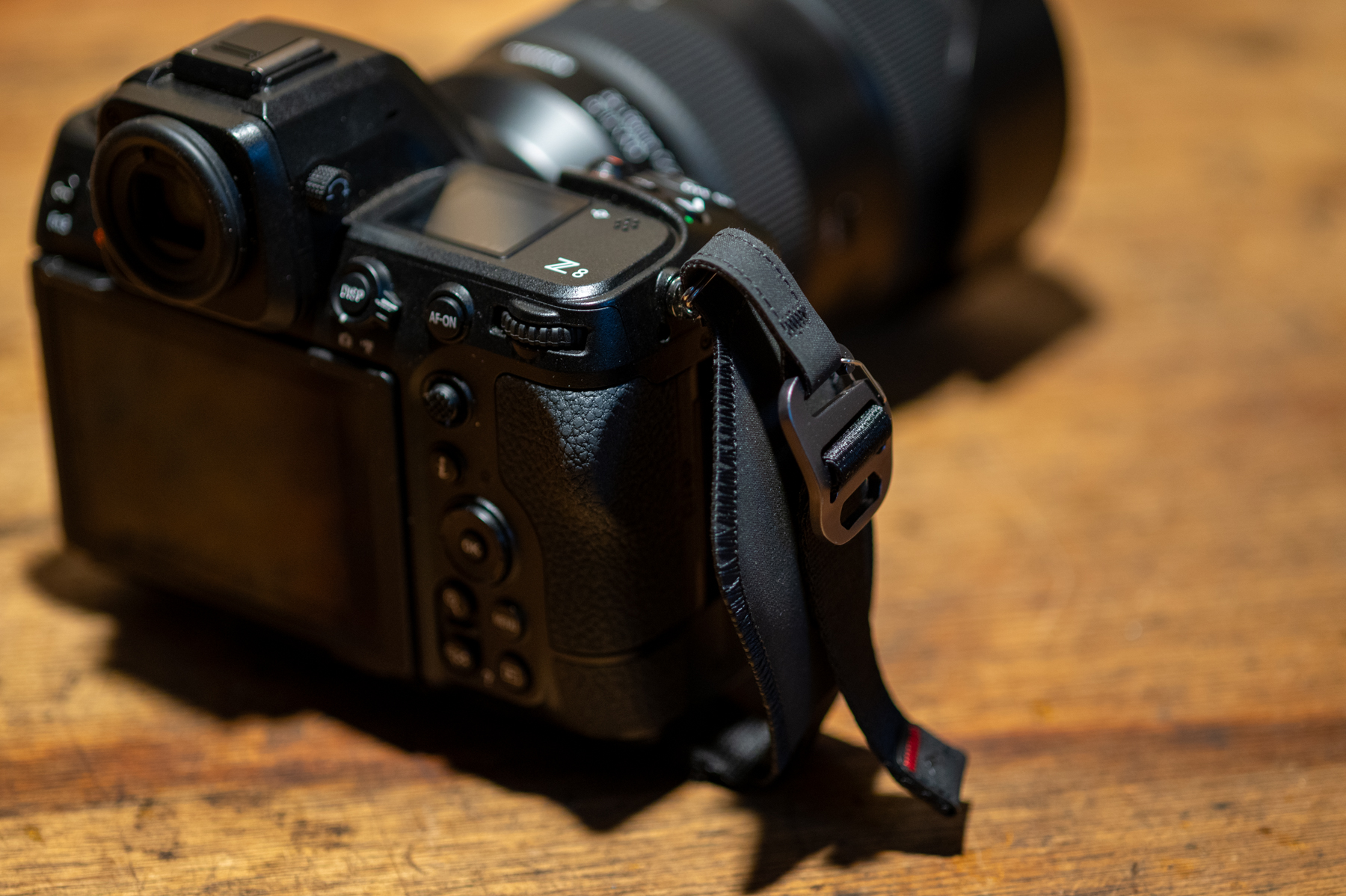
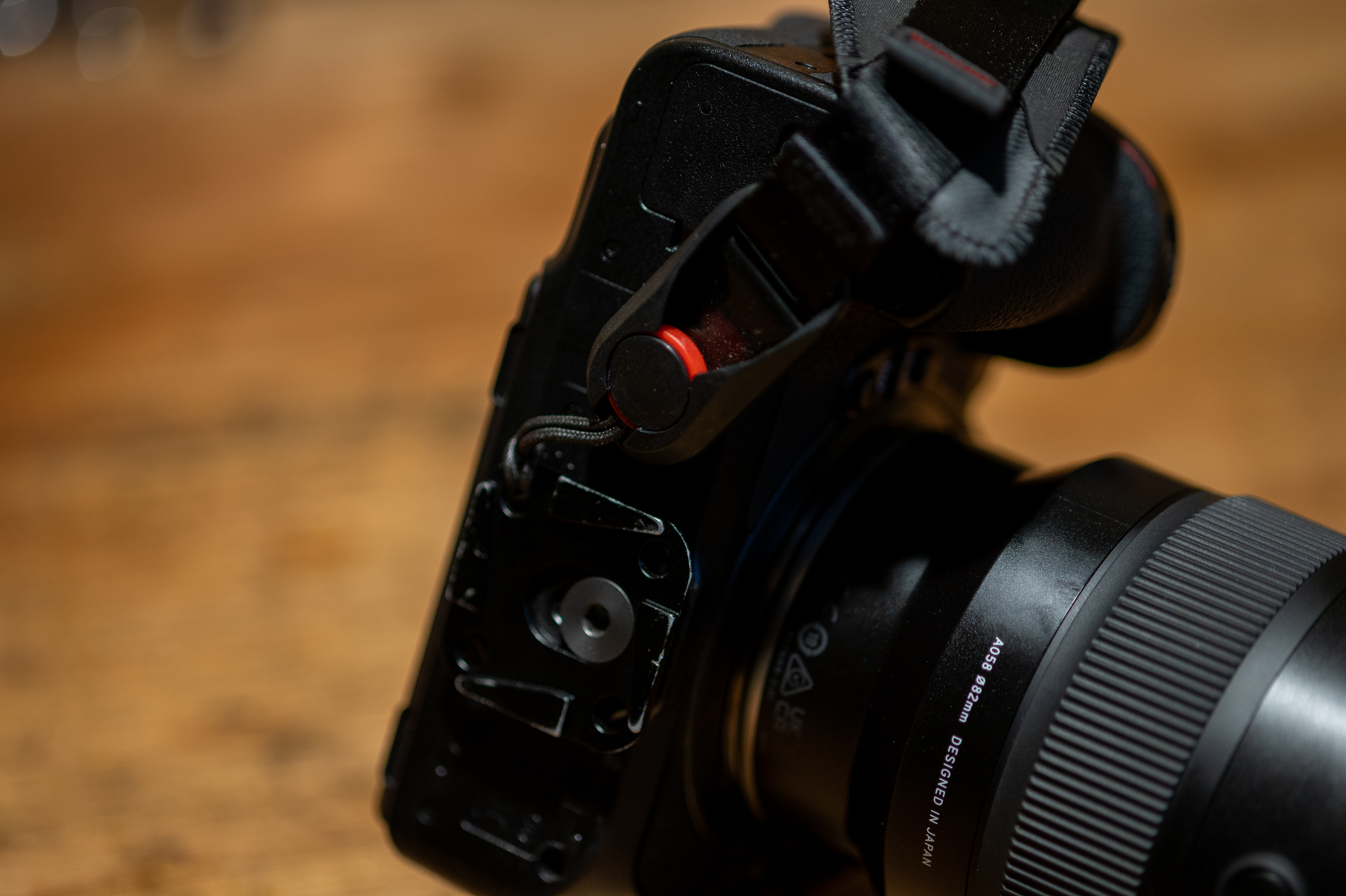
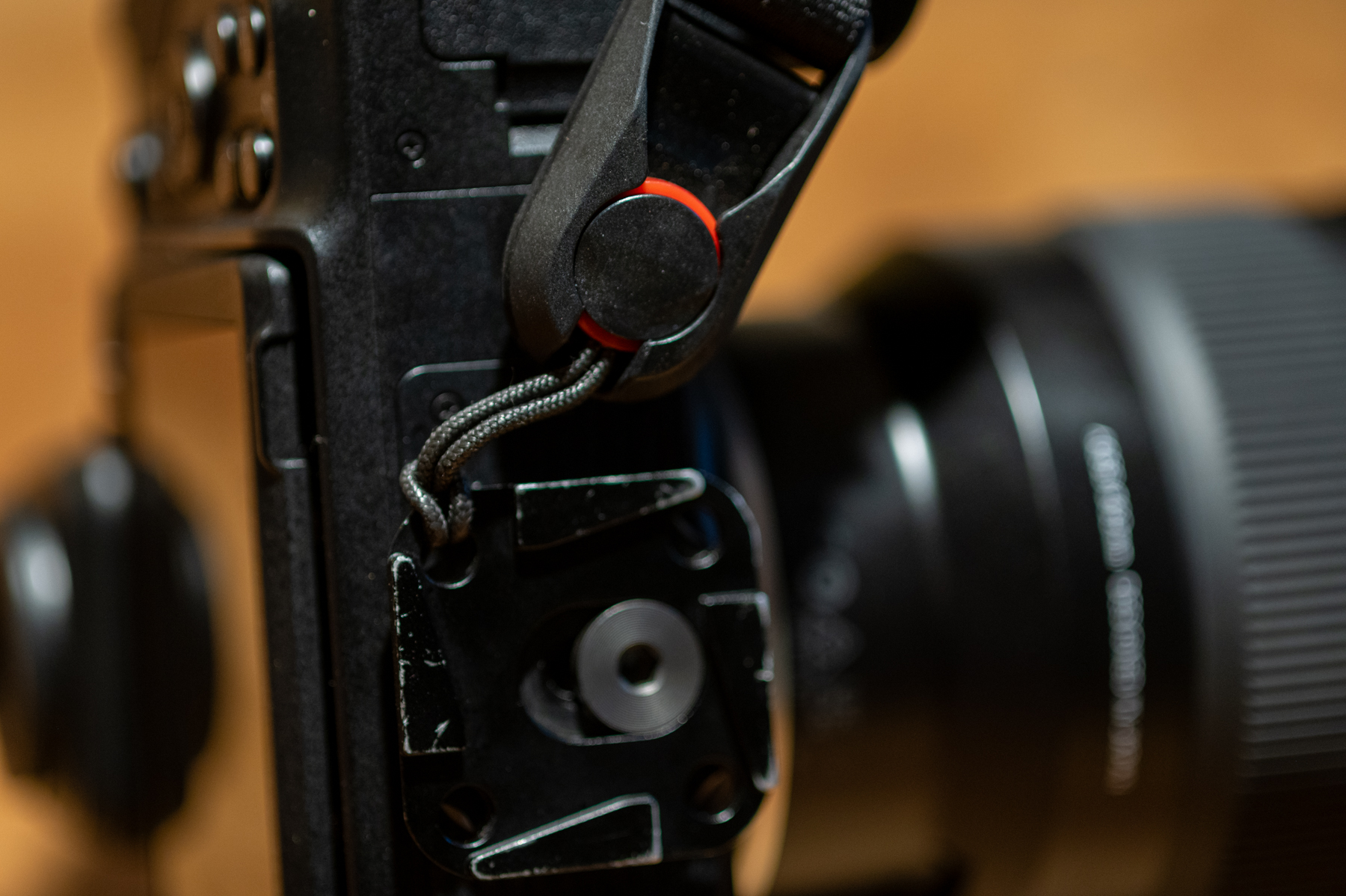
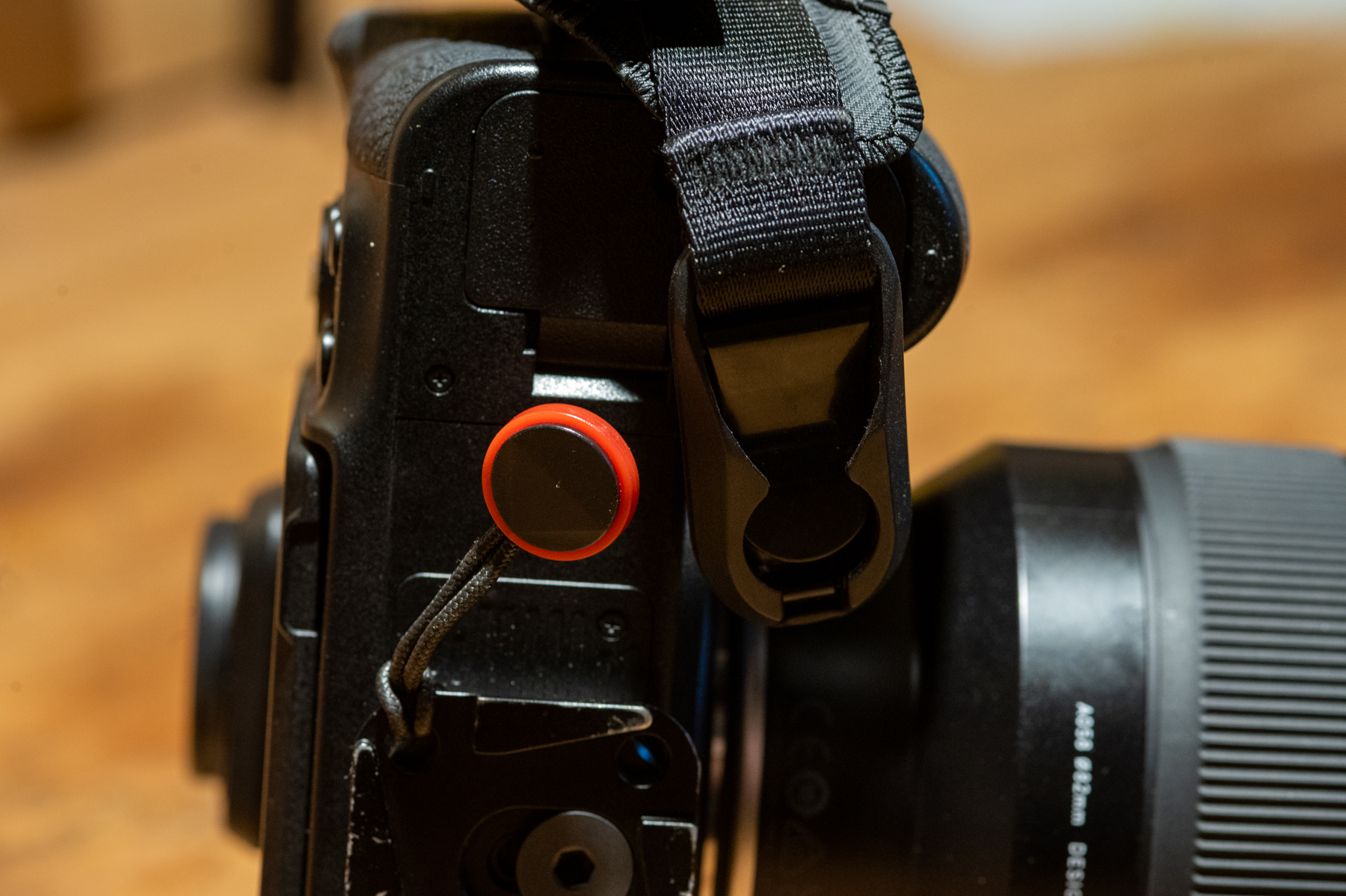
In short, the Clutch is just a hand strap that attaches to the right side D-ring on the camera body, and to an anchor that is girth hitched to an Arca-compatible tripod mount plate that bolts onto the bottom of the body. That plate is the same one used for the Capture clip, though Peak Design also makes a smaller version that’s much lower profile, but forgoes tripod / Capture compatibility if you’d prefer; that one is sold separately.
That anchor arrangement is one of my favorite things about the Clutch. It works well as a strap — it’s comfortable, secure, and doesn’t impede my ability to reach any of the camera controls so long as I don’t tighten it down too much and fully clamp my hand to the camera body — but Peak Design’s anchor system also means that it’s very quick and easy to swap out for a full neck strap when I’d prefer to have one. Releasing the anchor from the bottom of the camera takes no time at all; the upper mount through the D-ring is a little bit fiddlier but still easy.
So the combination of the Capture, Clutch, and a neck strap with Peak Design’s anchors (they offer a few styles of their own, or sell the anchor system on its own if you’d prefer to add it to another strap) makes for a really functional, easy-to-swap system with a variety of ways to carry a camera. I’ve been using the Capture + Clutch combo most of the time when I have a backpack on, or swapping it for a neck strap if I’m just walking around with a camera and the ease with which the Peak anchors facilitate those swaps has been fantastic.
Danner Wallowa Nylon Sandal
MSRP: $130
Luke Koppa: Danner is best known for their boots, and I’ve owned a couple pairs over the years. I’m a huge fan of their classic Mountain Light, which I’ve probably worn for more than 500 days over the past few years. Danner has continued to expand their offerings, but this summer they launched one of their more surprising new collections: sandals and slides.
The Danner Wallowa — available with leather or nylon straps — is their take on a “rugged” sandal. It’s immediately evident that Danner looked to existing options in the category and realized those had merit; the Wallowa looks a heck of a lot like Chaco’s classic Z/1 sandal, and it features some elements similar to Teva’s Hurricane sandal design.
I’ve owned several pairs of Chacos over the years and have generally been happy with them, especially the boot-like support of their midsoles, so I was curious to see how Danner’s Wallowa would compare.
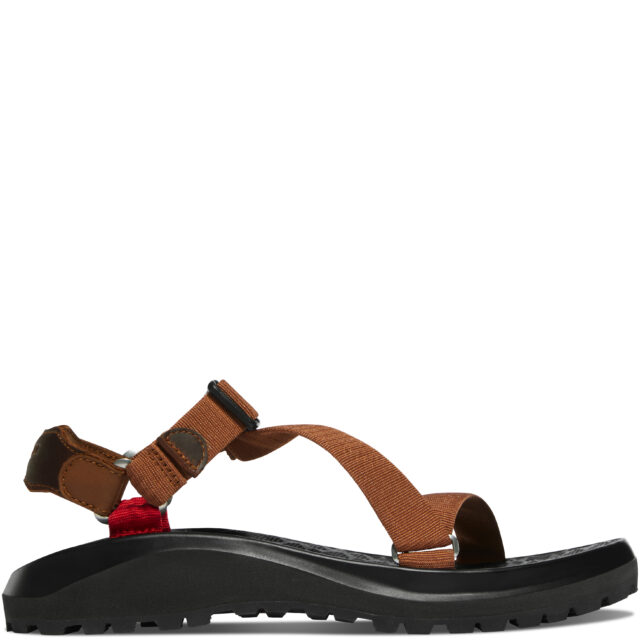
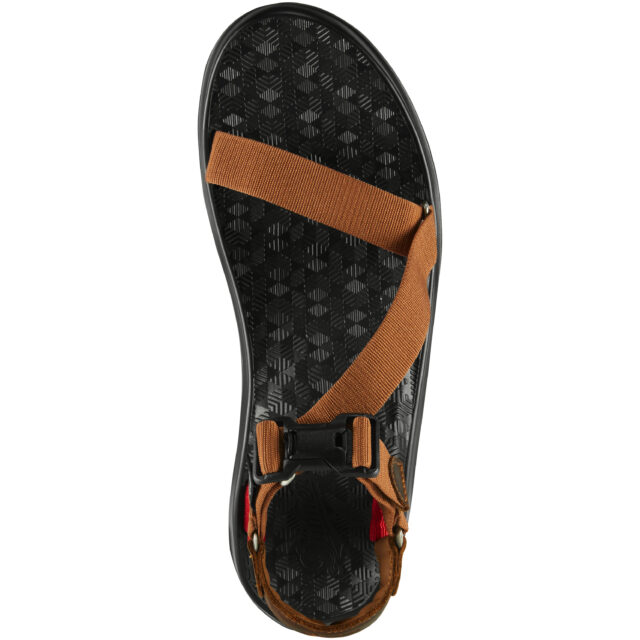
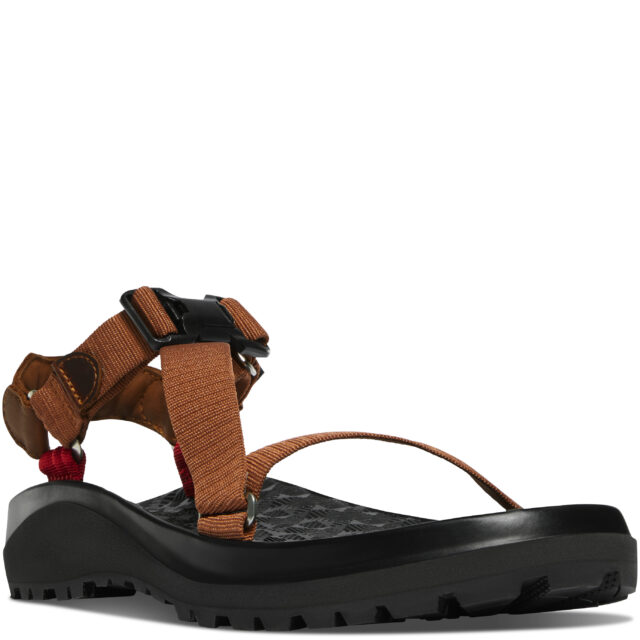
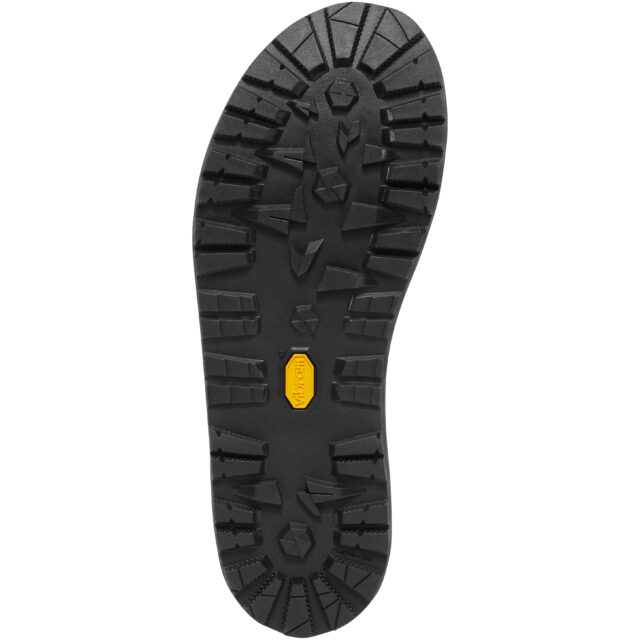
Overall, I think it’s a nicely executed take on a similar concept. The biggest differentiator, for me and my feet, is that the Wallowa is narrower than Chaco’s “Medium Width” platform (which is their narrowest fit for the Z series). That makes the Wallowa particularly interesting for those with lower-volume feet who feel that Chaco’s fit is a bit too broad. As someone with a “medium-width” foot, the Wallowa fit me pretty comfortably, though it’s less ideal for wearing with thick socks (something I do with sandals way more often than I’d like to admit).
The Wallowa features a buckle at the instep closure, which serves as both the tightening method for its forefoot strap and a way to quickly open up the sandal and slide your foot out / in. Since its forefoot webbing runs through a metal loop, rather than through the footbed of the sandal (as with Chaco’s Z models), the Wallowa’s strap is much easier to snug and loosen, though it also shifts more easily. Combined with its narrower platform, this made the Wallowa a bit less stable for my medium-width feet, relative to a Chaco Z/1, but day-to-day adjustments in the Wallowa are notably easier.
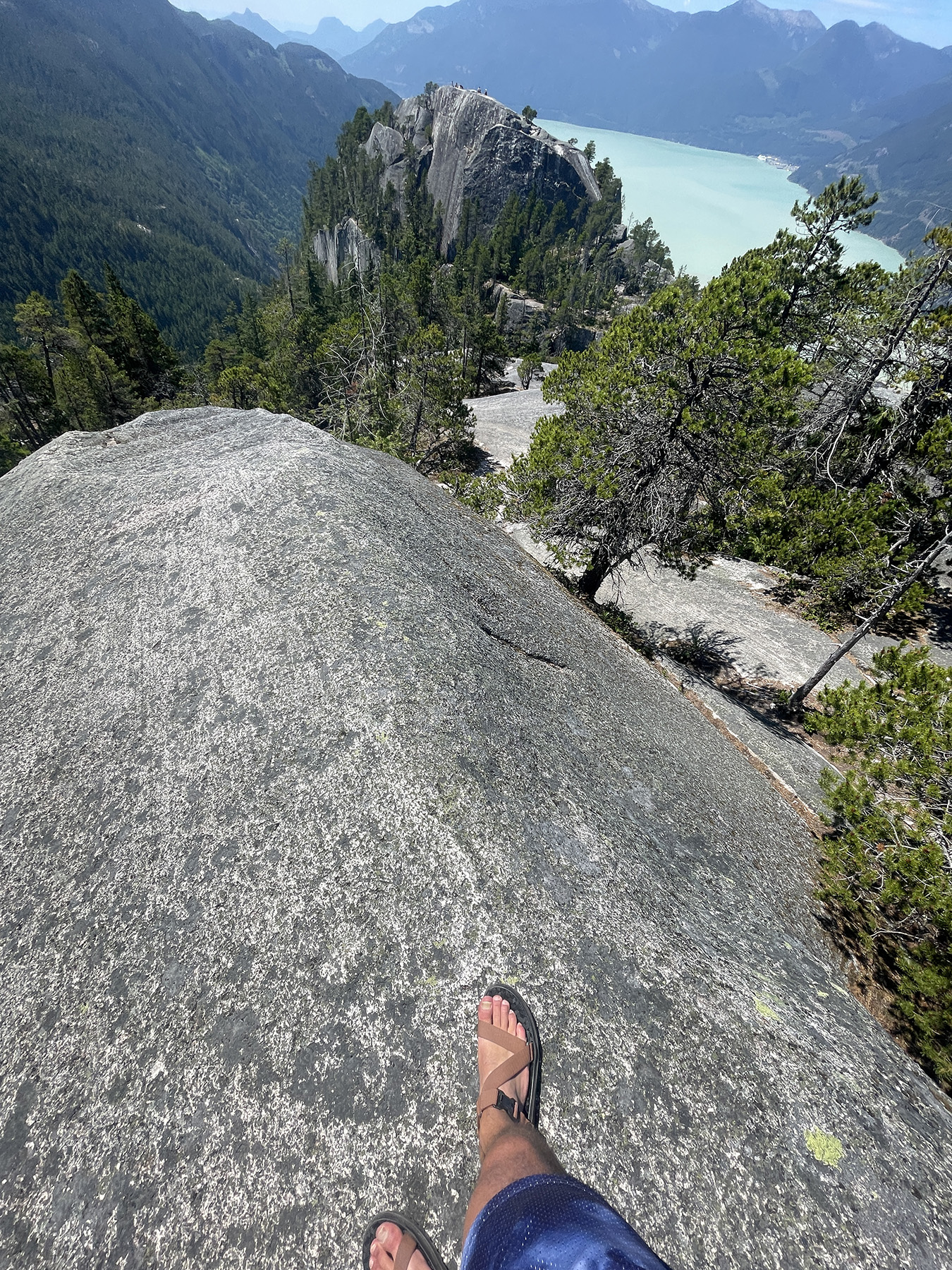
Despite being a touch narrower than I’d prefer, the Wallowa has still been a great sandal for hiking and river travel. During a recent trip to Squamish, BC, I hiked the Stawamus Chief First and Second Peaks in the Wallowa, and I was really impressed by the grip of its beefy Vibram “Traction Cascade” outsole (made with their excellent Megagrip compound). Even when scrambling, stemming, and smearing through what I’d probably call 4th class granite, the outsole never let me down.
I also didn’t get any irritation at my heel / ankle until we were almost back at the car, which is impressive — especially since I commonly get blisters around my ankle bone when hiking in Chacos, and that hike is basically just a giant stair stepper. The Wallowa’s minimal rubbing might be a result of its slightly padded heel strap.
In the water, The Wallowa’s grip is similarly impressive, and I’ve enjoyed it just as much as my trusty Z/1’s when the temperatures encourage me to ditch the waders and just fish in sandals and shorts.
The Wallowa also seems like it’s competitive with Chaco’s Z sandals in terms of midsole support. The Wallowa is a bit more flexible, but it’s still a substantial, PU-midsole sandal, meaning I can comfortably stand and hike in it for as long as most hiking boots. I can’t do the same in most sandals that use lighter, EVA-like foam midsoles.
Overall, the Danner Wallowa Nylon is a new and compelling option in the “adventure sandal” category, especially for those who prioritize a grippy, versatile outsole and who are interested in a slightly narrower fit.
Wild Rye Alden Anorak Windbreaker
MSRP $159
Size Tested: Large
Kara Williard: The importance of a lightweight but protective packable layer in the summer months of Colorado cannot be understated, and the Wild Rye Alden Anorak has become my go-to layer to bring along on rides for most of the summer. Now, it’s not some highly protective waterproof rain layer, but it is still impressive in terms of its water-resistant and wind-resistant qualities. I have been caught in thunderstorms more than once in the Alden Anorak, and it has done a good job of keeping me dry for shorter periods, while also being quite quick-drying once it did get wet. But it’s impressive in terms of its ability to cut the wind, while also adding a little extra warmth and protection in colder temperatures. It’s also one of the better, more breathable options, especially due to the large chest zipper that can easily be opened to promote airflow.
When I am expecting a lot of nasty weather, I would still opt for a burlier rain jacket with higher water resistance, but to always have with me as an emergency layer, the Alden Anorak has proven a good companion for a lot of summer rides. Options like the Velocio Anorak (which I wrote about in the August 2023 edition of Stuff We Like) are far burlier and more protective, it isn’t nearly as packable as the Alden Anorak.




The size Large has been a fairly roomy but comfortable fit, which has made it super easy to put on and take off. It has a large kangaroo pocket, which I don’t think is optimal storage for bulky items while riding a bike, but it is nice for a quick snack stow spot. I have come to be a fan of anoraks for both skiing and biking in the last couple of years, and the Alden is another good option.
The material is soft and airy, and it doesn’t feel overly stifling when the sun pops out or I work up a sweat. Wild Rye built the Alden with 46% recycled polyester. Overall, the Alden isn’t the most protective layer out there, but it makes up for that with its exceptional packability, comfort, and lightweight, quick-drying material that is still multitudes better than getting stuck out on a ride with cold rain coming down.
Reserve Rim Tape
MSRP: $25
David Golay: I really hate most tubeless rim tape. A lot of options aren’t quite stretchy enough, and are hard to get to lie flat and smooth; others aren’t sticky enough and have a tendency to peel up too easily; and the less said about some non-bike-specific options that get used sometimes (e.g. Gorilla Tape) the better.
DT Swiss’ tape had long been my go-to (and is still a way above average option in my book) but I’ve got a new favorite: Reserve’s Easy Install Tubeless Rim Tape.
The name is on point, and is exactly what I like about it: I haven’t tried another rim tape that’s as easy to install cleanly, while still also coming off neatly when you want it to, without leaving any residue or tearing into a billion little pieces that you need to pick off individually. It’s not cheap, and it’s only offered in three widths (29, 32, and 34 mm, which cover ~25 to 30 mm internal width rims well) but that’s good enough for my needs and if you hate taping rims as much as I do, the price is completely worth it.

Salomon Active Skin 12
MSRP: $130
Jed Doane: Salomon has long been a leader in the running vest category, and their ADV skin line has been quite popular. The Active Skin 12 is a cousin to the ADV that’s slightly more affordable, and I found it to be quite capable and versatile for long-distance travel. I’m not an ultrarunner by any stretch, but I found that even at my endurance level it made longer days more fun. It’s available in both flask and reservoir options, as well as 4L and 8L capacity.
The 12-liter capacity feels quite large and works well for all-day excursions. The large main pocket has a simple key storage area, and small bungees on both sides work reasonably well for decreasing capacity. In a pinch, I also used the side bungees for pole storage. The Active Skin 12 has become my go-to pack for run/walk/scramble hybrid days in the Cascades, as it has enough capacity for longer days, but wears like a running pack.
It has no dedicated pole storage, a minor gripe, but is compatible with Salomon’s Custom Quiver storage accessory. I also love the addition of a back mesh pocket for easy rain jacket access or wet gear storage. The front storage is secure and breathable. The reservoir compatibility is well-designed, as the hose is routed securely through the front pockets and is easy to access. Overall, the Active Skin 12 is a higher-volume running vest that’s well thought out and is a great option for longer runs.
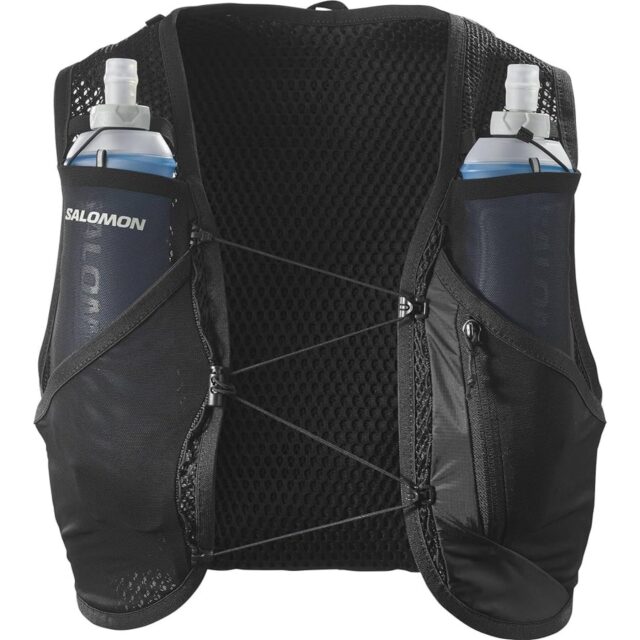
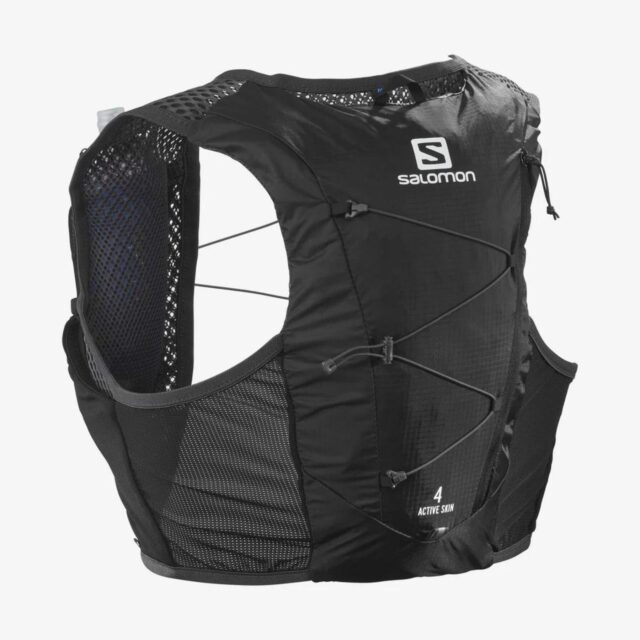
NINETYK Nirvana Saddle
MSRP: $99
Simon Stewart: On a recent trip to Canada I met with Dave Howells of NINETYK saddles and BC Bike Fit. Dave is a master bike fitter and took the time to educate me on saddle design and the importance of measuring my sit bones. I learned having an accurate sit bone measurement dictates the ideal saddle width, which in turn improves pelvic stability. In my close to thirty years of cycling, this was the first time I’ve had my sit bones measured. I have always assumed I had average width and have typically chosen saddles in the medium range as a result. Well, it turns out that I’ve been wrong all these years because Dave measured them at 13 cm, which is most definitely on the narrow side.
With my sit bone measurement of 13 cm, and my preference for a mountain bike saddle, Dave recommended the NINETYK Nirvana in the K-S size (Small), which at 142 mm across is their narrowest offering. The Nirvana comes with cromoly rails featuring NINETYK’s patented Arc-Tech technology that is claimed to improve flexibility and shock absorption. The padding material is called Air-Form, which is stated to have excellent shock absorption qualities, and as to be expected with most current saddles, there is a center channel relief to help reduce pressure on the perineum. The cover of the saddle uses Atmos Shaping Tech for a seam-free design that is said to be 100% water, dirt, and dustproof.
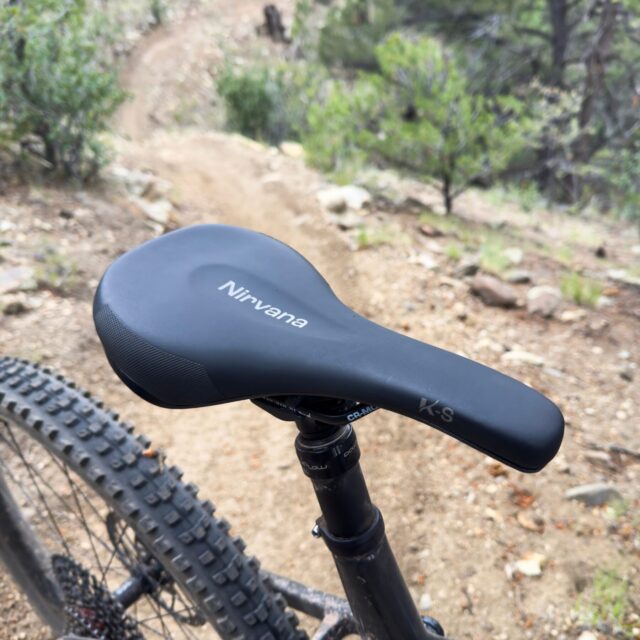
I have been riding the Nirvana saddle for three months now, on both mountain bikes and eMTBs. Right away it felt great and required no perceived “break in” period. After a few short rides, I felt confident to put it to the test on longer (4 – 5 hour) rides, and the Nirvana didn’t disappoint with good comfort and no hot spots or numbness. I don’t like saddles with excessive padding, or ones that have very little, and find the Nirvana to have just the right amount. When descending steep trails with my body positioned off the back of the bike, thankfully I haven’t had any moments where my shorts have gotten caught in the saddle — which would be a deal breaker for me.
I have to mention that while I’ve been using saddles that may have been too wide for me, I’ve also not really had any saddle issues either — I guess I’ve been lucky. With that said, I really like the small size Nirvana in technical terrain since it gives me a little bit more room to move around, plus it is really comfortable, so I’m glad I do finally know my sit bone width.
NINETYK is a relative newcomer to the saddle market, but I like where they are coming from because they are founded by cyclists — who also happen to have an impressive background in bike fitting and racing. And should you not be happy with your NINETYK saddle, they stand behind them with a comfort guarantee that allows you to exchange them during the first two weeks after purchase.

I’ve been using “Tapes Master” green silicone tape off Amazon for tubeless for over a year now. Works just as well as the bike specific stuff and is astronomically cheaper. Easy on, easy off with no residue and seems to seal the rim well. The bike specific stuff is a rip off in my opinion.